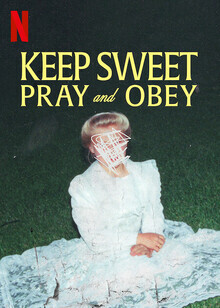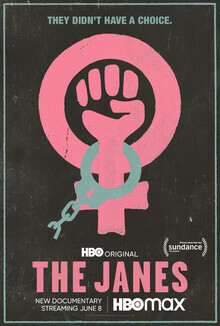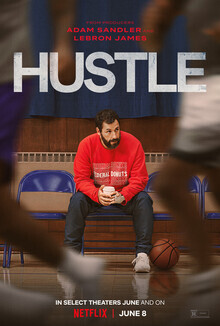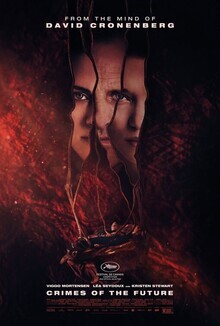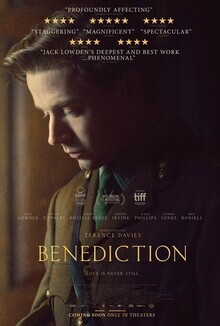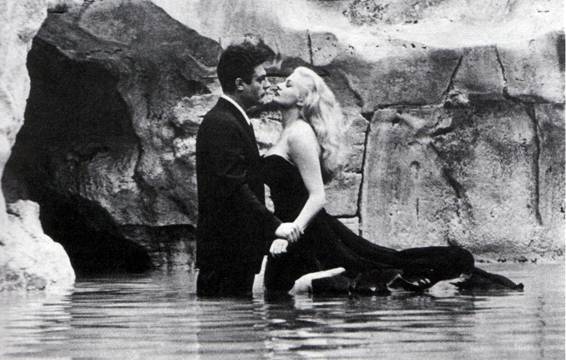
In celebration of Roger Ebert, we are reprinting the favorite reviews and articles of our writers and other distinguished readers...
"'By its eternity I measure my time,' Roger wrote about 'La Dolce Vita.' That sentence by itself tells us what a masterful writer he was. He didn´t need long words or long sentences to convey complex thoughts and feelings. With one more word than the mythic six that Hemingway posited in his famous challenge, Roger told us the story of his life and the importance of Art itself. What made Roger so powerful as a writer, however, was not merely his talent, but his immense sensibility and his unparalleled humanity. He understood how a picture could tell us different stories and make us understand deep changes within ourselves even if the movie itself never changed at all. Marcello was always the same mirror and, in a sense, the reflex in its surface was always the same - it was Roger who kept changing, maturing, growing as a human being and, as result, seeing his reflection under new lights and in new positions. Good Art can do that: by virtue of remaining the same, it provides us a roadmap to find how far we have travelled. We just have to be sensitive and brave enough to see it. And Roger, one of the best people I've had the privilege of knowing in this life, was both."—Pablo Villaça
originally published on July 11th, 2008
I saw a movie recently in which an 80ish women has an unlikely photograph on her wall. It shows Anita Ekberg in the famous scene where she wades in the Trevi Fountain in Fellini's "La Dolce Vita." She tells her elderly boyfriend: "I looked exactly like her when I was young." Maybe she did and maybe she didn't, but the photograph struck a chord. I saw Fellini's "La Dolce Vita" for the first time in London on the summer of 1962, in a little cinema on Piccadilly Square. I taught it a shot at a time at the University of Colorado at Boulder in 1972, and again in 1982, 1992 and 2002, give or take a year. I've seen it countless other times, but those ten-yearly screenings have helped me measure the inexorable progress of time.
In 1962, Marcello Mastroianni represented everything I dreamed of attaining. He was a newspaper columnist, he frolicked with beautiful women, he stayed up all night drinking and partying, he raced about the city witnessing colorful stories, he was a weary (but romantic) existential hero.
Ten years later, he represented what I had become, at least to the degree that Chicago offered the opportunities of Rome. Ten years after that, in 1982, he was what I had escaped from, after I stopped drinking too much and burning the candle at both ends. In 1992, he was a reckless young man with a weakness for romance. By 2002, he was the hero of a classic film, more than 40 years old, and I had to lecture audiences on the virtues of black and white. By then Mastroianni was dead.
And yet the film has not changed one frame in all of those years. It is a tribute to its greatness that it still has the power to hold me. I showed it again at Ebertfest 2007, because by then it was certainly "overlooked," and many in the audience might never have seen it on a big screen, or ever experienced the beauty of any widescreen b&w film.
Every time I see it, I notice new things. More importantly, I renew old memories. Where I was, what I thought, how I felt, how Marcello was living my parallel lifetime. He is dead, but the film is immortal. "I saw a picture of Anita in the paper," one of the characters says in that movie I saw, named "Elsa & Fred." "She still looks pretty good." Well, I saw her in Fellini's "Intervista" (1987) too, and she still looked pretty good--for her age. But in the scene in the Trevi fountain, she is frozen in time.
In 1962, Ekberg represented everything I desired in a woman. In later years, I began to think about Mastroianni, his hand forever outstretched to her, his lips forever prepared for a kiss he was never to experience. He is frozen for all time like that, reaching, but never achieving. In "Ode on a Grecian Urn," Keats writes about a painting on an urn, of a man forever in pursuit of a maid:
Bold Lover, never, never canst thou kiss, Though winning near the goal--yet, do not grieve; She cannot fade, though thou hast not thy bliss, For ever wilt thou love, and she be fair!
Daniel Curley, my college mentor, wrote a novel titled A Stone Man, Yes, about a man forever in pursuit of a woman, yet never succeeding. That might be enough for a man painted on a stone, he concluded, but not for him.
Although it is great, I have seen greater films than "La Dolce Vita." But it is the film of my life. By its eternity I measure my time.
* * *
Now forgive me, for I must break the spell and tell you a story Mastroianni told me. I had asked about the filming of that scene.
"The water, it was-a very cold," He said. "Fellini, he shoots again and again. Finally, the time for the close shot of my fingers reaching to touch-a her cheek. I am always smoking, smoking, smoking. My fingers, the nicotine!"
He held them up to illustrate.
"Anita's skin is alabaster white. Fellini, he looks-a my fingers against her skin, and shouts, Marcello! When-a you gonna learn the right way to wipe-a your ass?"
Roger Ebert was the film critic of the Chicago Sun-Times from 1967 until his death in 2013. In 1975, he won the Pulitzer Prize for distinguished criticism.
